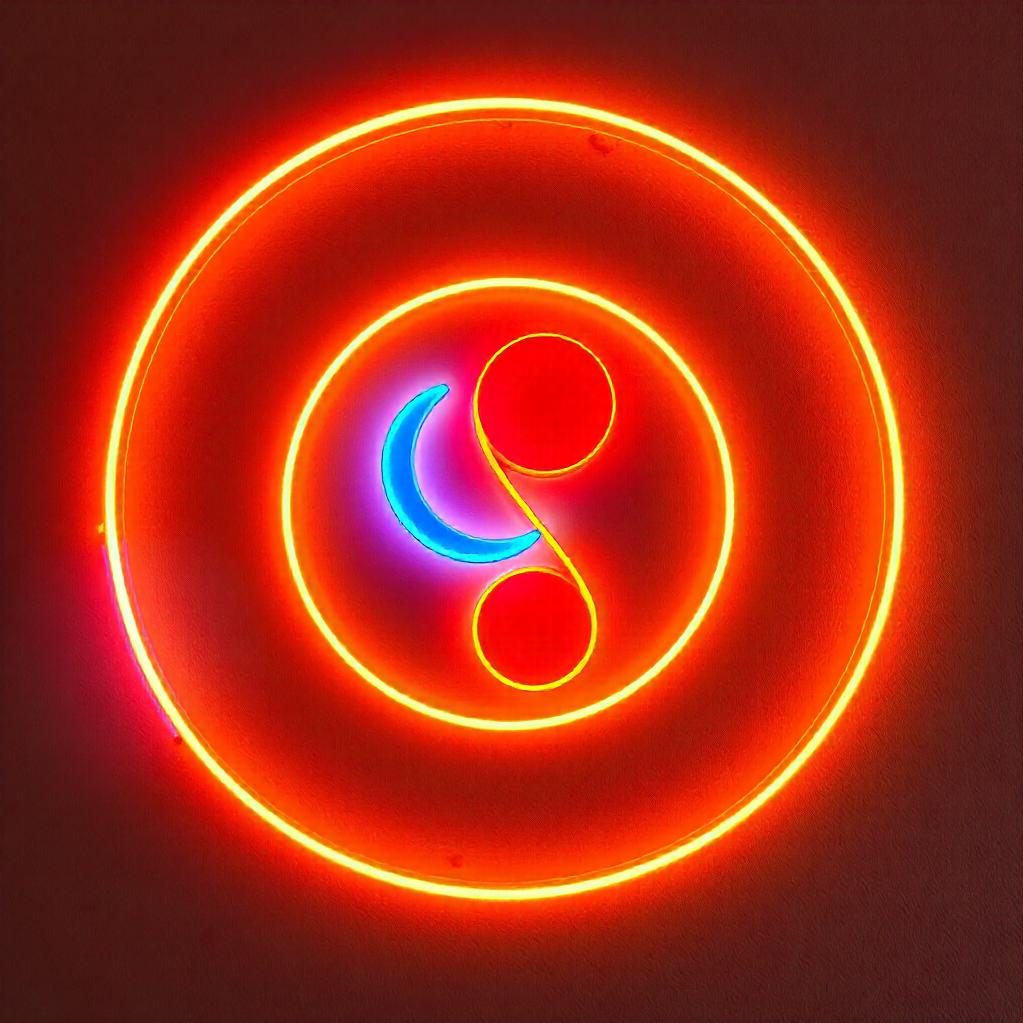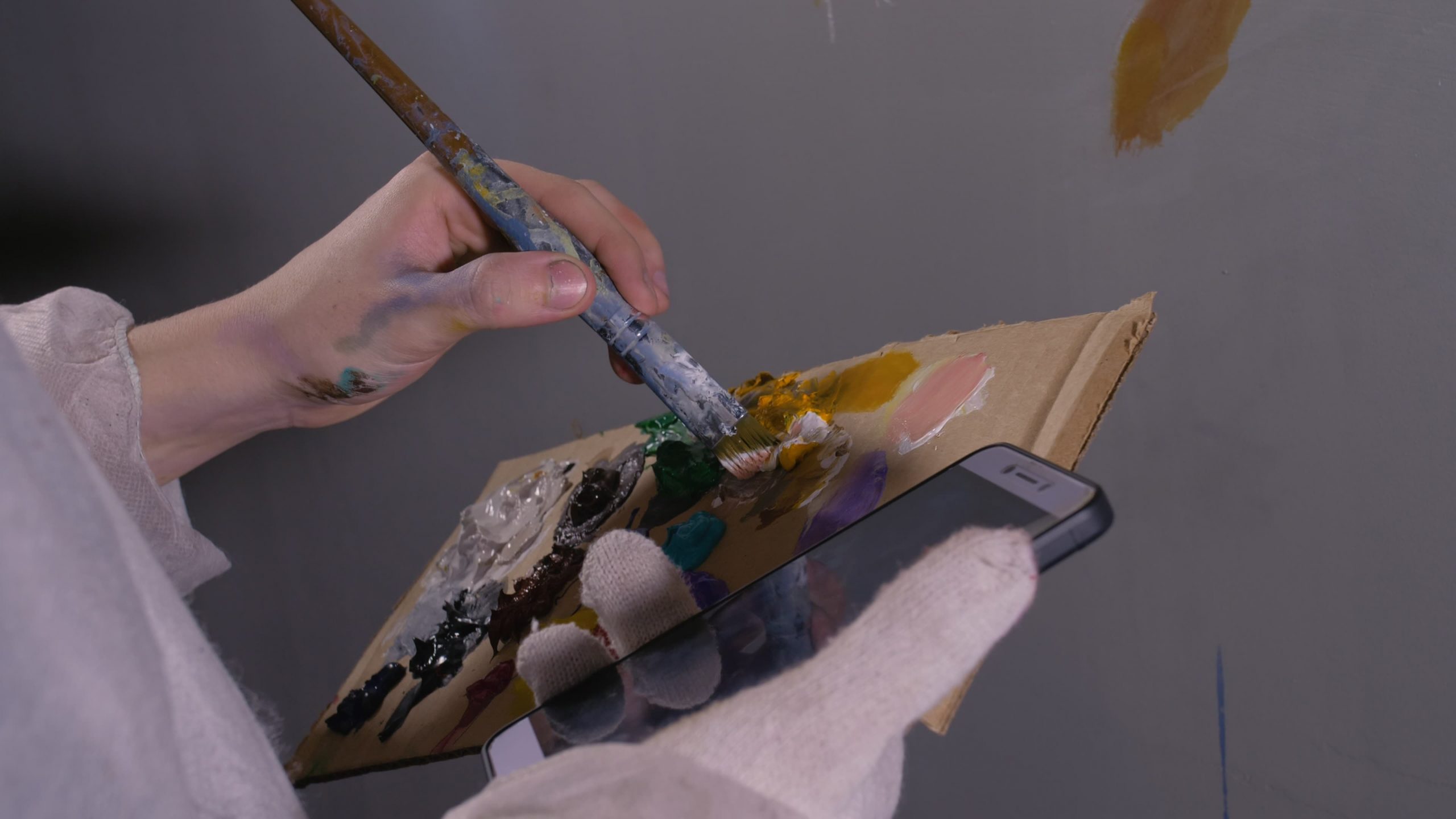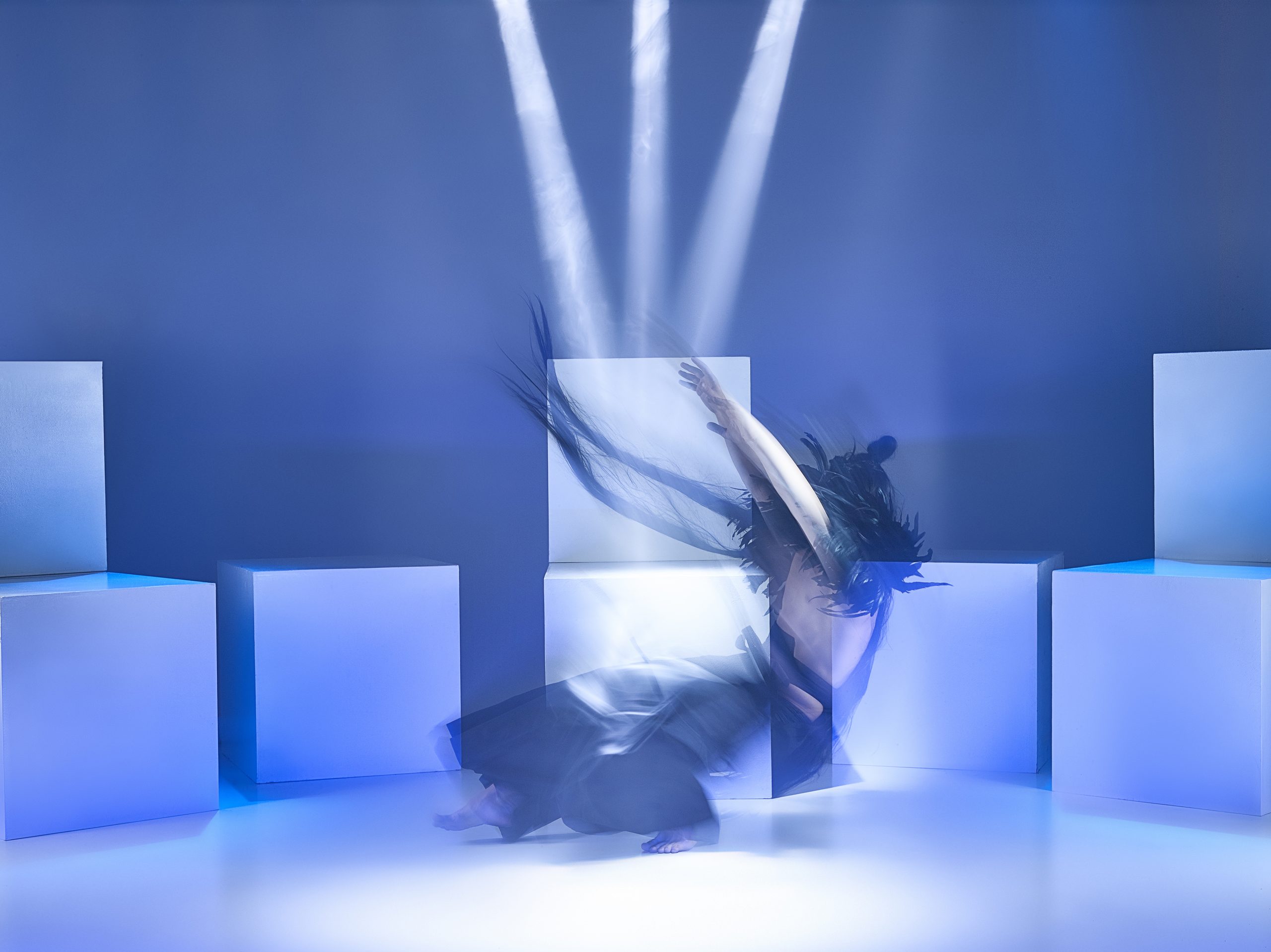Every work of art starts with an idea, a spark of inspiration that grows into something tangible and meaningful. The journey from concept to creation is often a deeply personal and transformative process for the artist. In this article, we will explore the stages of an artist’s journey, from the initial inspiration to the final masterpiece.
1. Finding Inspiration: The Spark of Creativity
Every artwork begins with an idea or inspiration. For some artists, this spark comes from everyday experiences, while for others, it might stem from nature, dreams, emotions, or even social and political events. The source of inspiration can be anything—from the changing colors of the sky at sunset to a powerful historical moment or a deeply personal reflection.
Inspiration often strikes unexpectedly, and an artist must be open to receiving it. It’s not uncommon for an artist to keep a notebook or sketchbook to capture fleeting ideas, allowing them to build on those early thoughts as they evolve into larger concepts. Inspiration is the foundation upon which every piece of art is built.
2. Conceptualization: Turning Ideas into Plans
Once the initial inspiration is found, the artist begins the process of conceptualization. This stage involves transforming a vague idea into a clear vision. The artist might sketch preliminary designs, explore color palettes, and choose materials and tools that will bring their vision to life.
During this phase, the artist may face moments of doubt or uncertainty. Sometimes, the concept needs refinement, and the artist will experiment with different approaches until they find the one that resonates most with their vision. Conceptualization is a crucial phase because it lays the groundwork for the entire creative process.
3. Gathering Materials and Preparing the Workspace
With a clear concept in mind, the next step is gathering the necessary materials. Depending on the medium, this could involve purchasing paints, brushes, canvases, clay, metal, or digital tools. The artist’s choice of materials is often influenced by their intended message or aesthetic.
Preparing the workspace is also an important step. A dedicated, clutter-free environment allows the artist to focus on their work. Some artists prefer to create in a calm, controlled space, while others enjoy an open, inspiring environment filled with light and nature. The workspace sets the tone for the artist’s creative process.
4. The Creative Process: From Sketch to Final Piece
The creative process is where the bulk of the work happens. This stage is characterized by trial, error, and experimentation. Many artists begin with a rough sketch or outline, gradually adding layers and refining details. Whether it’s painting, sculpting, drawing, or any other medium, this phase often involves many adjustments and changes as the piece evolves.
During this time, an artist may encounter obstacles—technical challenges, a shift in their vision, or even moments of frustration. However, these difficulties are often integral to the creative journey, pushing the artist to develop new skills, techniques, and ideas.
5. The Role of Emotion and Reflection
As the artist works, their emotions often intertwine with the piece they are creating. Art can be a deeply personal form of expression, reflecting the artist’s thoughts, struggles, or joys. Sometimes, the creative process becomes a form of catharsis, helping the artist process emotions and experiences.
Reflection plays an important role as well. Artists frequently step back from their work, evaluating it with a critical eye. They ask themselves questions: Does this piece communicate what I intended? Are there elements that can be enhanced or altered? This reflective stage is essential for refining the artwork and ensuring it aligns with the original concept.
6. Final Touches: Completing the Masterpiece
Once the major aspects of the artwork are completed, the artist adds final touches to bring the piece to life. This could involve adding intricate details, adjusting lighting or contrast, or smoothing out rough edges. For sculptors, it might mean polishing the surface, while for painters, it could be applying a final layer of varnish.
The final touches are often the most exciting part of the process, as the artist sees their creation take shape and come to life. This stage is also when the artist can step back and appreciate the journey they have taken, from the initial concept to the completed artwork.
7. The Artistic Evolution: Reflecting on the Journey
Every artwork marks a milestone in an artist’s personal growth and evolution. Once the piece is finished, the artist often reflects on the process and what they have learned along the way. Each creation contributes to their development, helping them refine their craft, deepen their expression, and expand their creative boundaries.
The journey from concept to creation is not always linear—artists often revisit, reinterpret, and rework their ideas. Every piece contributes to the broader narrative of their artistic evolution, and every artwork leads to new opportunities for exploration and experimentation.
Conclusion
The journey from concept to creation is a deeply fulfilling process for any artist. It is filled with moments of inspiration, reflection, and challenges, all of which contribute to the development of the final masterpiece. Through each step—from finding inspiration to adding the final touches—artists engage with their craft in meaningful ways that shape not only the artwork but also their growth as creators. This journey is a reminder that art is more than just the finished piece; it is about the process, the exploration, and the continuous evolution of the artist.


